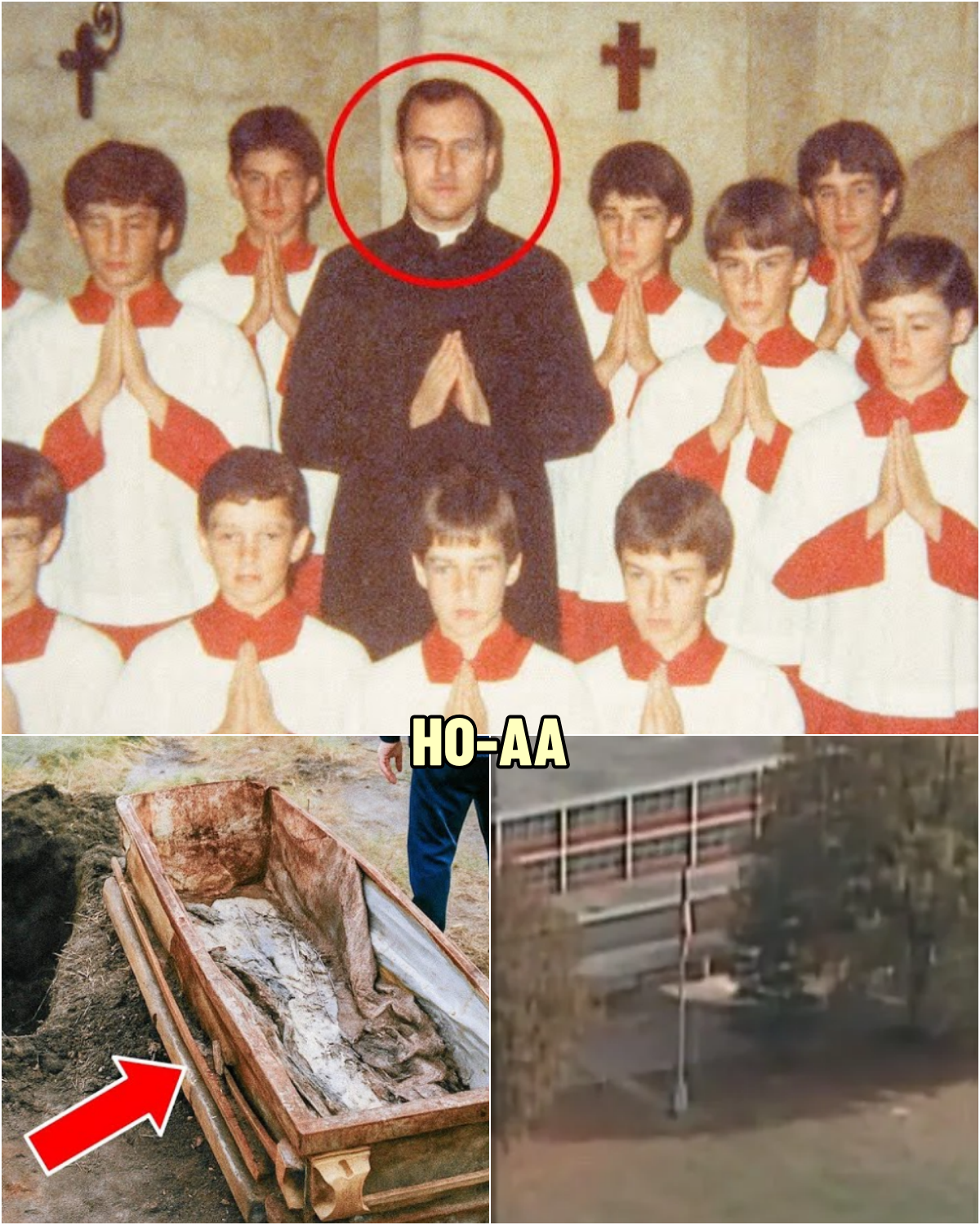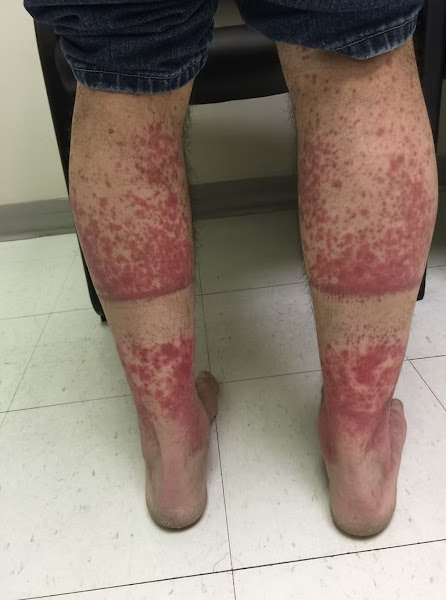15 Minutes Ago — Musk’s Optimus Robot Works Inside Tesla Factory, But MIT Expert Calls It a Fantasy — Will Billions Vanish or Revolutionize the Future? .MD (bsf)

Rodney Brooks speaks at the TechCrunch Sessions: Robotics at MIT’s Kresge Auditorium on July 17, 2017.
(Paul Marotta—Getty Images for TechCrunch)
While investors are busy pouring billions of dollars into humanoid robots, an MIT roboticist who has been making robots for three decades claims they are wasting their money.
Rodney Brooks, the cofounder of Roomba vacuum creator iRobot, said the idea of humanoid robots as catchall assistants, the future Elon Musk envisions, is “pure fantasy thinking,” in part because robots are coordination-challenged.
“Today’s humanoid robots will not learn how to be dexterous despite the hundreds of millions, or perhaps many billions of dollars, being donated by VCs and major tech companies to pay for their training,” said Brooks in a blog post.
The sensation of touch is one of the most complex systems in the human body. The human hand contains 17,000 low-threshold mechanoreceptors for picking up light touches, which become denser toward the end of the fingertips. The receptors in your hands respond to myriad stimuli-like pressures—vibrations in sync with 15 different families of neurons. All of this adds up to a complex mechanism that humans want to replicate in robots.
While AI has been trained on large amounts of speech-recognition and image-processing data, “we do not have such a tradition for touch data,” Brooks said, adding he takes issue with the way both Musk’s Tesla and AI-robotics company Figure are training their humanoid robots, with videos of humans performing tasks, assuming this will result in vastly improved dexterity.
“If the big tech companies and the VCs throwing their money at large-scale humanoid training spent only 20% as much but gave it all to university researchers I tend to think they would get closer to their goals more quickly,” Brooks said.
Musk has said Tesla will start selling its Optimus robots in 2026, and the company claims Optimus is already performing tasks in Tesla factories autonomously. Meanwhile, Figure achieved a $39 billion post-money valuation earlier this month after a new fundraise. But in Brooks’ eyes, all this investment adds up to a highly expensive training regime for humanoid robots who will not look exactly like us.
Brooks claims successful robots in 15 years will look nothing like humans—and will sport wheels, multiple arms, and possibly five-fingered hands, though they will still be called “humanoid robots.” But as for today’s efforts, they will largely be relegated to the history books.
“A lot of money will have disappeared, spent on trying to squeeze performance, any performance, from today’s humanoid robots. But those robots will be long gone and mostly conveniently forgotten,” he said.
11 Altar Boys Vanished in 1980 – 26 Years Later FBI Exhume the Priest’s Coffin… | HO!!!!

11 Altar Boys Vanished in 1980 – 26 Years Later FBI Exhume the Priest’s Coffin… | HO!!!!

Pennsylvania — For more than a quarter-century, the unsolved disappearance of 11 altar boys from St. Jude’s Parish in rural Pennsylvania stood as one of the most haunting mysteries in American religious life. The tragedy, which began on a summer day in 1980, devastated families, shattered a community’s faith, and left a trail of unanswered questions.
But in 2006, a dramatic FBI exhumation of the parish priest’s coffin would reveal a shocking truth: the story of the missing boys was far from over, and the conspiracy behind their disappearance reached far higher than anyone dared imagine.
A Summer of Innocence Lost
On June 14, 1980, St. Jude’s Parish was preparing for its annual festival. The altar boys—aged 11 to 14—were last seen gathered with their priest, Father Theren Vasile, for a special retreat. By evening, all 11 boys had vanished. The church, once a pillar of the community, became the epicenter of fear and suspicion. Families were shattered, the town’s faith shaken.
Four months later, tragedy deepened when Father Vasile himself died in a fiery car crash on a remote country road. His closed-casket funeral, overseen by the diocese, was attended by hundreds. With the priest gone and no new leads, the case went cold. For decades, the fate of the St. Jude’s 11 remained a painful mystery, whispered about in pews and family kitchens.
The Tip That Changed Everything
In 2006, the FBI received an anonymous letter. Its cryptic message: “The shepherd did not fall. Look to the earth, but you will find no bones. The silence was bought.” The tip referenced Father Vasile’s grave and suggested his death was a lie—a deliberate act to end the search for the missing boys.
The tip was enough for a federal judge to grant an exhumation order. On a gray afternoon, agents and forensic technicians gathered at the cemetery. The casket, sealed and rusted after 26 years underground, was hoisted from the earth. When the lid was pried open, investigators found only a tattered shroud. There was no body. Corrosion patterns confirmed the casket had never been opened since burial—proving the priest’s death was staged.
A Community’s Wounds Reopened
The revelation sent shockwaves through the community. For the families, especially those like Roshene Gabler—who lost two sons, Dalan and Aean—the news was both vindication and fresh agony. “They said the boys ran away. Eleven boys, all at once? It was easier than facing the truth,” Gabler told the FBI’s lead agent, Cole Pasco.
Pasco, himself a former parishioner, was assigned to head the reopened investigation. Interviews with survivors and parishioners painted a disturbing picture of Father Vasile’s influence. He was charismatic, intense, and had isolated the boys, convincing them they were “chosen.” Gabler recalled her sons’ growing secrecy and devotion to the priest, and her frustration at being dismissed by authorities in 1980.
Following the Money
The original police report on Vasile’s death described a fatal car accident and a body identified through dental records provided by the diocese. But in 1980, dental records were easily falsified, and the mortician who handled the funeral admitted he never saw the body—he was ordered by church officials to seal the casket without opening it.
Digging deeper, Pasco and his team traced a massive, anonymous donation to the diocese, deposited three days before Vasile’s supposed death. The sum—millions of dollars—was routed through offshore shell companies, ultimately linking back to a private equity firm: Hallowed Holdings Group.
A Cult in the Shadows
Hallowed Holdings, led by billionaire philanthropist Oakart Hallowell, specialized in acquiring religious properties and children’s charities. Their symbol—a serpent coiled around a crescent moon—matched that described by a cemetery worker who handled Vasile’s burial.
The worker, Jory Lasco, confessed on his deathbed that he’d been paid to keep silent about the empty casket, and that men in suits, not clergy, had overseen the burial.
As Pasco closed in, Lasco was abducted in a brazen attack on a federal witness transport. The assailants were masked, heavily armed, and bore the same serpent-moon tattoo. Lasco’s disappearance confirmed the danger and reach of the conspiracy.
An Organization Above the Law
Pasco’s investigation revealed that Hallowed Holdings was more than a shell company. It was the financial arm of a secretive cult known as “The Sanctuary,” led by Hallowell and, as it would soon be revealed, Father Vasile himself. The Sanctuary had spent decades abducting and indoctrinating children, transforming some victims into loyal enforcers.
Attempts to raid Hallowell’s estate were blocked at the highest levels, as the billionaire’s influence reached deep into political and law enforcement circles. Pasco was suspended for pursuing the case without authorization, but he pressed on, driven by the families’ pain and his own sense of justice.
A Mother’s Courage and the Final Confrontation
Desperate for closure, Roshene Gabler traveled to an upstate New York retreat center owned by Hallowed Holdings. She was captured by cult guards, but managed to send a distress call to Pasco. He rescued her in a daring nighttime raid, discovering that at least one of the missing boys, Weston Nolan, was alive—but now worked as a guard for the cult.
Pasco traced the Sanctuary’s true headquarters to a fortified compound in the Cascade Mountains. There, he found a self-sufficient community, new abducted children, and the adult survivors of the St. Jude’s 11—now transformed into indoctrinated cultists.
With a hostage rescue team on standby, Pasco infiltrated the compound, disabling its power and storming the main hall during a chilling “ascension” ceremony. He confronted Hallowell and Vasile, who had become the cult’s spiritual architect. In a violent struggle, Pasco subdued Vasile and Hallowell, rescued the children, and signaled the FBI to raid the compound.
Justice and Aftermath
The FBI’s raid uncovered a hidden graveyard with the remains of many victims, including several of the St. Jude’s 11 who had resisted indoctrination. The surviving boys, now men, were taken into custody—some broken, some still fiercely loyal to their captors.
Oakart Hallowell and Father Vasile died in the confrontation. The Sanctuary’s leadership was dismantled, its horrifying crimes exposed. The diocese officials who facilitated the cover-up faced prosecution, and the federal investigation revealed the cult’s influence in government and law enforcement.
For the families, the truth brought both closure and heartbreak. “After 26 years, I finally know what happened to my sons,” Gabler said, her voice heavy with grief. “It’s not the ending I prayed for, but at least the world knows the truth.”
A Legacy of Vigilance
The exposure of the Sanctuary sent shockwaves across the country, prompting renewed scrutiny of church oversight and the need for transparency in religious institutions. For Agent Pasco, the case was both a personal reckoning and a testament to the power of persistence in the face of institutional resistance.
As he stood by the now-filled grave of Father Vasile, Pasco reflected on the darkness he had confronted—and the resilience of those who demanded answers. “The war against the shadows is never over,” he said. “But as long as we keep fighting, there’s hope for justice.”


